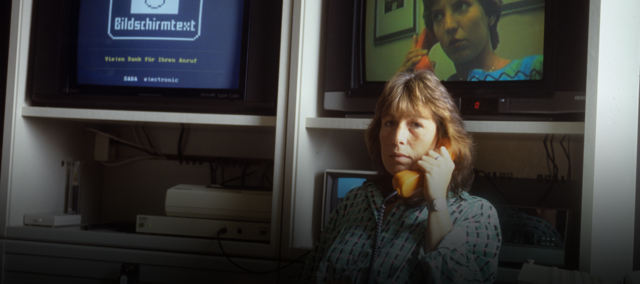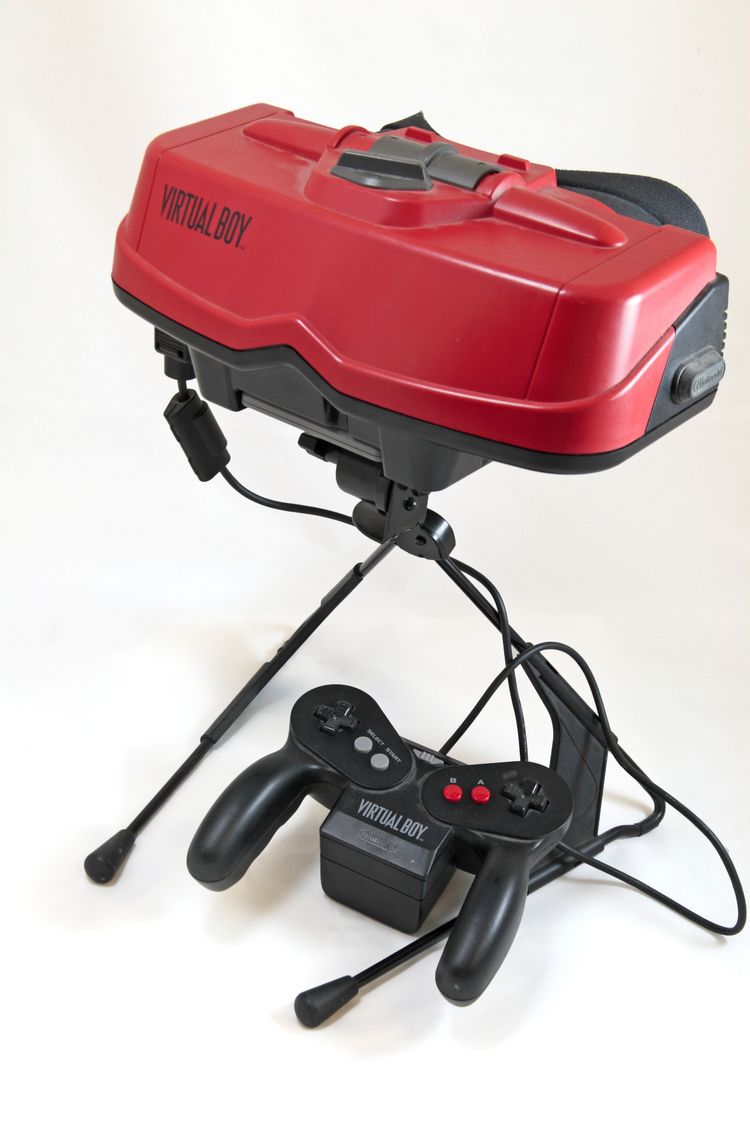07. January 2021
They may be impractical, not yet mature, a bit weird, too expensive, too late or - in a few rare cases - even ahead of their time: inventions can fail for many reasons. In this article, we review six famous or forgotten flops from the history of technology.n.
Betamax
With its rich colours and sharp pictures, Sony's Betamax was, technologically speaking, superior to JVC's VHS recorder which was released a year later. In other words, when Betamax was launched as the world’s first home video system in 1975, it was ideally positioned to occupy a permanent place in the living rooms of the world. And yet, VHS still managed to prevail in the “format war” – also defeating the Video 2000 system produced by Philips and Grundig. Thanks to the affordability of its blank tapes, a wider range of films, the generous issuing of licences to other manufacturers, and, as a result, a greater choice of affordable devices, JVC simply managed more quickly to win over a critical mass of users for its video system. In the video stores which were soon to proliferate all over the world, VHS swiftly first dominated and then eliminated its rivals. And yet, in television stations and professional video productions, the Betacam system developed from the Betamax format was to become the gold standard for many decades. Digital technologies have now rendered the analogue magnetic tape obsolete. In 2015 - that is to say, on the occasion of their 40th birthday - Sony announced that it was discontinuing production of Betamax tapes.
© alamyThe Betamax home video system.
Nintendo Virtual Boy
In the early 1990s, virtual reality seemed within reach for the first time. Buoyed by developments at NASA, virtual reality systems were finding their way into video arcades. The big console manufacturers SEGA and Nintendo even promised to bring virtual reality directly into the living rooms of gamers. Unlike SEGA, which shelved its VR goggles before the end of the development phase, Nintendo actually went on to launch its device in 1995. The Virtual Boy looked like for all the world like a pair of red plastic diving goggles on a stand and was destined to go down in the annals of the Gameboy inventors as their greatest flop. Having been announced with massive fanfare as the first portable 3D gaming console, the reality was that the Virtual Boy instead had to be placed on the table on its tripod. Having to crouch in front of the device led to universal back pain among its users, and the low-resolution black-and-white monochrome graphics brought sky-high expectations crashing swiftly down to earth. More disappointing still was the modest range of games, some of which made no use at all of the 3-D function. Sales in Japan and the US fell short of expectations, and the Virtual Boy was soon withdrawn from sale in Europe. At the beginning of 1996, Nintendo had an epiphany and quietly ceased production of the console.
© alamyConsigned to history since 1996: the Nintendo Virtual Boy
Videotex
In September 1983, the German postal service Deutsche Bundespost took its first steps into the digital age. With the new videotex service – abbreviated in Germany to Btx – users could dial into a network via their phone line to retrieve news, government information or timetables, send messages to other users or search for bargains at Neckermann or Otto. However, the number of telereaders remained stubbornly low: the Post Office had planned on a figure of one million users by 1986, but when the year actually came, the number had only struggled up to 60,000. The main reason for this was the high costs. The modem had to be rented or bought from the post office for a lot of money; and this was before the monthly basic fee and the cost of accessing the pages. In France, on the other hand, Minitel spread rapidly – not least because France Télécom initially provided the necessary terminals for free and only ever charged a modest amount for them. By 2000, Minitel was being used by 25 million French people on around nine million devices. By around the same time, Btx had just made it over the million mark under its new name of T-Online – all thanks to online banking. For many users, however, the Internet was still too insecure for electronic money transactions. It was for this reason that the Btx interface for online banking survived the official end of the Btx service in 2001. Six years later, Telekom finally bowed before the dominance of the web services, shutting down the remnants of the Btx system for good in May 2007.
© picture allianceDialling in via the phone line: videotex
Apple Newton
Not every Apple invention has enjoyed the clout of the iPhone. The Newton, a personal digital assistant – PDA for short - is generally held to have been one of the company’s biggest flops. At its world premiere in Boston in 1993, the then Apple CEO John Sculley praised Newton as “the foundational technology for the digital age”. Trumpeted as an all-purpose weapon for “mobile warriors” - i.e., mobile businessmen and creatives - it was envisaged as a notepad, address book, organiser, fax and communication device all rolled into one. And yet, the Newton never became a major sales success: At 700 dollars, the entry price was high, and the battery life was short - and the handwriting recognition system, albeit innovative, was utterly useless, at least in the first models. And, for it to talk to the outside world, this high-priced handheld also had to be connected to an external device. In 1998, after Steve Jobs returned to Apple, production was slashed. The Newton still set certain benchmarks, in the form of its intuitive user interface, clever convenience functions and ARM processors, whose improved successors are now deployed in almost all mobile iOS and Android devices.
© alamyThe Apple Newton PDA did not go down well.
Nokia N-Gage
In 2003, mobile telephony giant Nokia was keen to marry the best of two worlds. But the planned dream wedding between mobile phone and portable console went badly wrong. The N-Gage cost an eye-watering 300 dollars and brought with it only a small selection of games that were cumbersome to play. If you wanted to change the game, you had to remove the battery first. The microphone and loudspeaker were installed on the N-Gage’s narrow edge. So, if you wanted to make a phone call, you had to hold the chunky device up to your ear side-on - a feature which made its users the object of public amusement rather than admiration. The N-Gage was soon lumbered with the nickname of “taco phone”, and “sidetalking” went on to become an Internet meme and the butt of jokes even on the company’s own website. The successor model, which was released in 2004, was able to iron out some of the quirks of the first version but came too late to manoeuvre the N-Gage back onto the track to success. In 2005, Nokia broke off the engagement and ceased production of the N-Gage.
© alamyMobile phone and console in one: the Nokia N-Gage.
Google Glass
Presented as data glasses which could use augmented reality to project information directly into the wearer’s field of vision and be operated almost hands-free, the Google Glass, launched in 2012, seemed to be the next big leap in digital evolution. However massive the hype may have been, the disillusionment was even greater. For 1,500 dollars, Google's facial computer offered only a rudimentary augmented reality feature, a short battery life and a mediocre camera. And because it took no more than a blink to trigger it, people in the vicinity of a Google Glass wearer lived in constant fear of being clandestinely filmed or photographed. Users were reviled as spying “glassholes” and banned from bars and cafes. Even with improvements, Google was unable to repair the harm done to its image. In early 2015, the product was withdrawn from the online store. Only in 2017 did a version follow which was reserved for professional users. Although the Enterprise Edition of Google Glass is freely available once again as of this year, it is still not destined to augment the reality experience for end users: its more modest scope of applications includes, for instance, allowing service engineers to work hands-free
© alamyThe Google Glass data glasses still suffer from an image problem.








